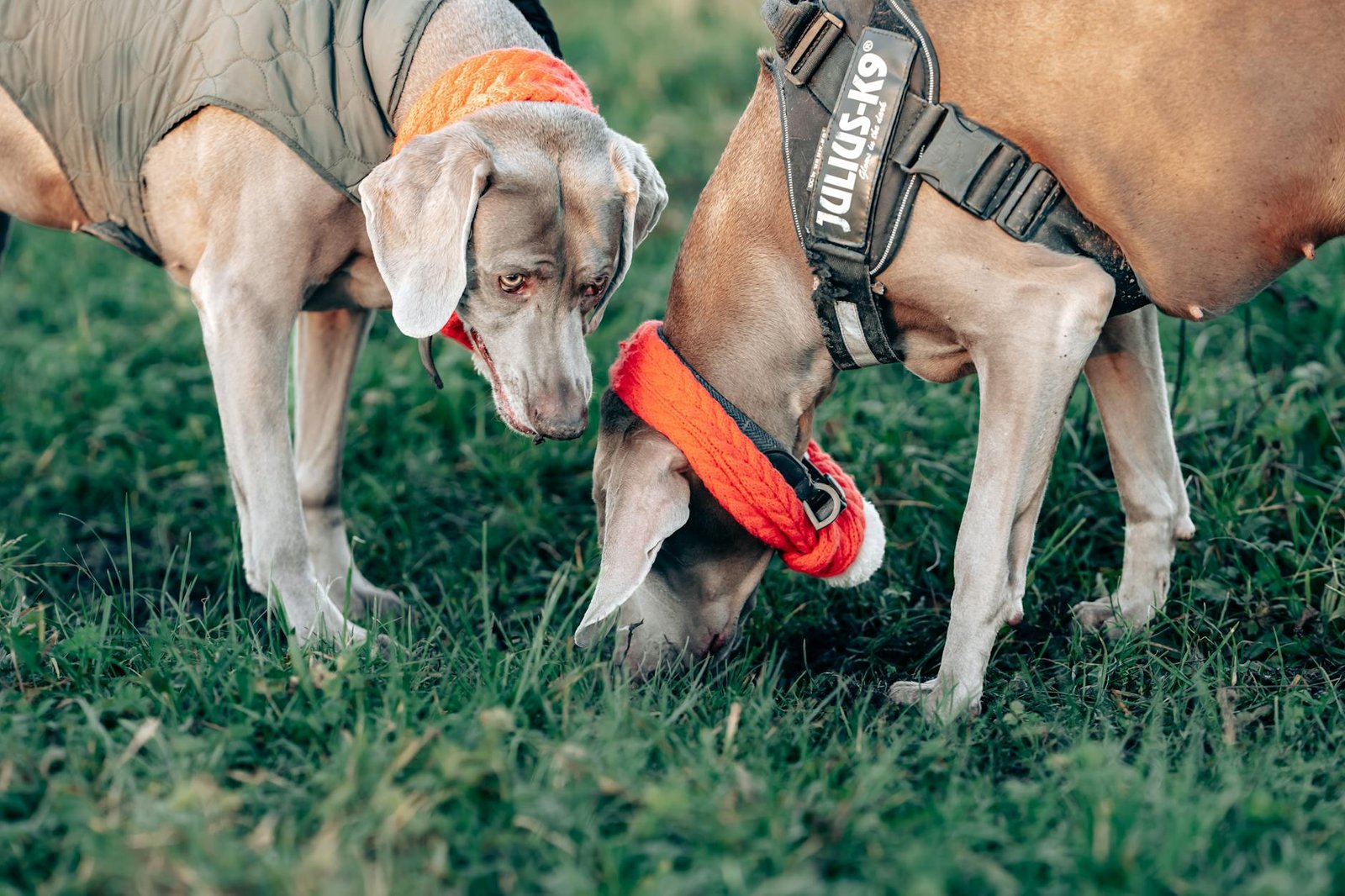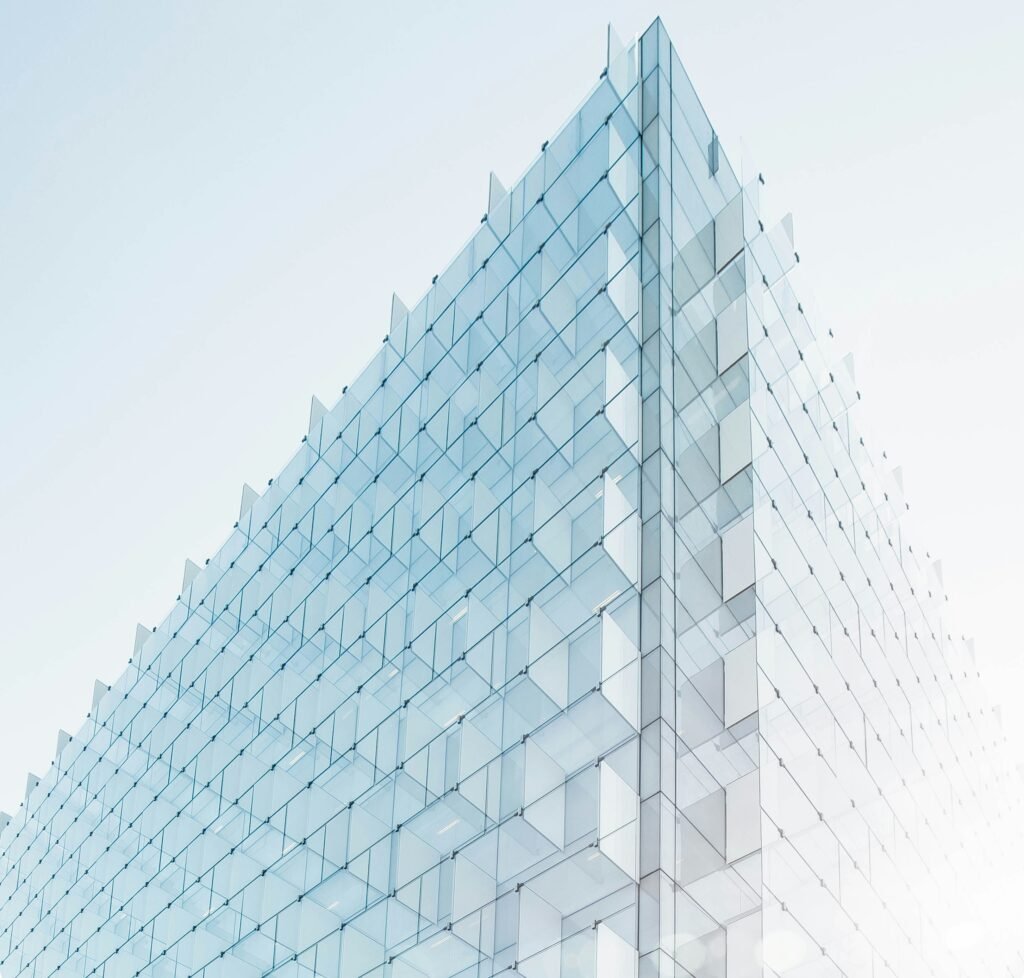Understanding Gamified Loyalty Programs
Impact of Gamification Market Growth
Boy, the gamification market is like a sprouting beanstalk, shooting up fast and leaving everyone a little flabbergasted. Hitting a whopping USD 48.72 billion by 2029, businesses are doing double-takes, realizing they gotta get in, while the getting’s good. Back in 2021, people were already coughing up $11.04 billion, and going by the star-gazing projections, they reckon it’ll jump to $30.7 billion by 2025. That’s a sweet 27.4% compound annual growth rate (AKA, a bonkers boost every year)! It’s almost like businesses can’t resist these gamified loyalty programs — they’re practically climbing over themselves to infuse some extra fun into customer experiences and rake in some smooth profits.
| Year | Market Size (USD) | Projected Growth Rate (%) |
|---|---|---|
| 2021 | $11.04 billion | – |
| 2025 | $30.7 billion | 27.4% |
| 2029 | $48.72 billion | – |
On this gringo-turf over in North America, it’s raining benefits, with customers coming back for more like bees to honey. Folks are happy as a pig in slop with these exciting games keeping their attention glued. Retailers, especially, are snagging loyalty they didn’t realize they could get. Take the ‘KFC Rewards Arcade’ over in all the UK & Ireland — it’s got people grinning from ear to ear while munching on chicken, just because they get to play games as they chow down.
Benefits of Gamified Loyalty Programs
Let’s talk about the perks. Businesses hooking up with gamified loyalty programs are lining up a bunch of goodies:
- Busting Customer Boredom: Games get folks jumping in with both feet, interacting with brands more than ever.
- Loyalty That Sticks: Fun and prizes keep customers hanging around longer than a bad penny.
- Holding Onto Customers Like a Magnet: Saw it with my own eyes — more and more customers stick around, keeping those all-important dollars flowing in steadily.
Throwing these snazzy loyalty programs into the mix makes customer experiences none too shabby. Mixing playtime with loyalty is an ace move, turning shoppers into die-hard fans. Wrapping your head around these ace benefits is as crucial as maintaining your stash of enticing marketing tactics. Heads up, here’s the link to unravel more on gamification in digital marketing.
Customer Engagement with Gamification
Turning customers into brand fans isn’t exactly rocket science—just throw in a bit of fun with gamified loyalty programs! These programs can supercharge retention rates and make customers stick around like peanut butter on a sandwich. By adding gaming elements to your marketing mix, even the dullest interactions can morph into thrilling adventures.
Increasing Customer Retention Rates
Gamification in the business game plan isn’t news to the retail sector. It’s like turning your regulars into adventurers on quest. Folks interacting with these playful elements often come back for more. In fact, statistics reveal that over 60% who play along with gamified features end up buying more (Propello Cloud).
Gamified loyalty programs go beyond just revisits; they can spin customers into your best cheerleaders. Check out this table showing how these playful tactics impact retention:
| Impact Area | Raise in Numbers |
|---|---|
| Customer Engagement | Up to 47% |
| Brand Loyalty | 22% |
| Brand Exposure | 15% |
| Wallet Share | 55% |
These numbers scream how a smartly-crafted gamified program can turn any customer ‘what’s up’ into a BFF-level relationship.
Enhancing Customer Loyalty
With a dab of fun, a hint of competition, and a dash of rewards, gamified loyalty efforts make brand moments joys, not chores. The better the customer’s grin, the better loyalty they show (Open Loyalty). Happier customers stick around, cutting costs and boosting program bang for the buck.
The magic of successfully gamified programs is not just getting people on board, but keeping them excited. By flipping loyalty deals into entertainment, brands can stand a step ahead in the crowded race to win customer love.
For a more detailed scoop on playful marketing tricks, feel free to dive into our articles on gaming marketing strategies and gamification in digital marketing.
Successful Implementation Strategies
Gamified loyalty programs can amp up how businesses interact with customers and boost their performance. The two main goals here? Rake in more cash and get the word out about your brand.
Driving Revenue Growth
Bringing in gamified loyalty programs can really pump up the financial side of things. The buzz is that when done right, these strategies can hike customer spending by 55% and slash folks jumping ship by even 63% (Propello Cloud). The magic lies in turning mundane interactions into something fun and rewarding.
| Key Metric | Impact |
|---|---|
| Rise in Spending | 55% |
| Drop in Customer Loss | 63% |
| Chance of Buying | Over 60% |
Over 60% of people who play along with these gamified features are more likely to shop, boosting revenue for the business. Companies focusing on gamification notice a 47% rise in customer engagement, sparking more buying and repeat visits (Propello Cloud).
Increasing Brand Exposure
Kicking up your revenue is great, but standing out in a sea of competitors? Priceless. Those who nail gamified strategies see a 15% bump in their brand’s visibility. Making these programs entertaining not only keeps customers coming back but also makes them more noticeable in a packed market.
Gamification gives brands a shine that catches the eye, spreads the word socially, and turns customers into cheerleaders for your brand (Open Loyalty). By offering cleverly designed rewards and challenges, engagement skyrockets, transforming satisfied customers into brand promoters.
For businesses refining their gaming marketing strategies, mixing in gamified components is a savvy move to plump up market share and nurture enduring customer relations. Business leaders and marketers who focus on the gaming sector should utilize these advantages to drive continuous growth with creative loyalty initiatives.
Emerging Technologies in Gamification
As the world of gamified loyalty programs changes up, fancy tech like Augmented Reality (AR), blockchain, and Artificial Intelligence (AI) are stepping in to make things more fun and personal for users. These hip gadgets can really crank up customer involvement, making folks stick around longer.
AR, Blockchain, and AI Integration
Mixing in AR, blockchain, and AI with gamified loyalty is a game-changer. AR spices things up with cool, interactive bits that draw users in, making them part of the brand’s universe. It’s like turning the whole experience into a friendly game, where they not only take part but also feel a sense of belonging.
Blockchain, meanwhile, scores major points for keeping everything clear and safe when folks are trading within these programs. It guarantees rewards and points are genuine and secure, keeping everyone honest. Then there’s AI, the mind reader, which dishes out personalized goodies and tweaks experiences to match what individual users like. This approach fits snugly into planning smart gaming promotions.
| Technology | Benefits |
|---|---|
| Augmented Reality (AR) | More engagement, interactive experiences |
| Blockchain | Boosted security, clear transactions |
| Artificial Intelligence (AI) | Personal rewards, tweaked encounters |
Changing the Game for Loyalty
Bringing these tech marvels into play, brands can cook up loyalty schemes that are not only smart but also fun and habit-forming. A case in point? The ‘KFC Rewards Arcade’ in the UK & Ireland, with games like ‘Hammer Time’ that make earning rewards a blast. It’s proof that gamification can shoot loyalty programs beyond old-school methods, spicing them up with bits of rivalry and community spirit.
Big names, like Google and Microsoft, spot the gold in gamification. They weave game tactics into employee training to spark engagement and keep people on board during learning stints. This move shows gamification’s mojo works not just in user interactions but also in company workspaces.
Sketching out a robust plan rooted in clear targets is key for businesses wanting to tap into these smart tools in their loyalty endeavors. Goals like jazzing up user encounters, fostering brand-to-brand sales, and boosting app grabs should be in their sights to make the most of gamified loyalty. If done right, the trio of AR, blockchain, and AI can change loyalty programs, upping satisfaction and keeping customers around for the long haul.
Kinds of Gamified Loyalty Programs
Gamified loyalty programs spice up customer interactions, making them stick around longer with fun, game-style features. Among these, point systems and challenges or missions take the spotlight.
Point-Collecting Systems
Point-collecting setups are a big hit in gamified loyalty plans. Here, folks rack up points for doing stuff like shopping, bringing in new pals, or chatting with the brand on social media. Later, they can swap these points for perks, like rewards or special deals.
| Action | Points Grabbed |
|---|---|
| Buy something | 10 points every $1 shelled out |
| Bring a buddy | 50 points for a successful invite |
| Social stuff | 5 points for each post you share |
This model gives businesses a nudge to steer customers’ actions while making them feel accomplished as points pile up. The crystal-clear point tracking can spur customers to jump in more eagerly, which means more buying and sticking around longer.
For tips on slipping these systems in, check out our piece on gaming marketing moves.
Challenges and Quests
Challenges and quests add a cool twist to loyalty setups by nudging customers to finish set tasks for goodies. These tasks might be as easy as trying a fresh product or more intricate like completing layers in a game, or diving into a contest.
These tasks can be framed to push social sharing and invite programs, turning loyal folks into megaphones for the brand. Nailing these challenges earns customers badges, points, or early bird access to products. By making it a bit competitive and rewarding, businesses keep folks glued to their brand, fostering ongoing excitement.
| Challenge | Prize |
|---|---|
| Knock out 3 product reviews | 25 points |
| Share a buddy’s purchase | $10 cut-off |
| Broadcast a product post | 15 points |
This game-like angle not only shapes how consumers act but also glues a community to the brand, as customers join forces and share tales of their feats. For more hands-on strategies, dig into our segment on gamification in digital marketing.
Core Features in Loyalty Programs
Gamified loyalty programs are all about jazzing up the shopping journey with features that keep folks hooked. Think of Spin-to-Win games and collectable badges like Pokémon cards for adults who love a good deal. These elements spice things up, offering a cocktail of fun and rewards to loyal customers, keeping them coming back for more.
Spin-to-Win and Chance Systems
Remember the thrill of spinning a prize-wheel at a carnival? Well, Spin-to-Win and chance systems bring that same excitement online. Customers can click to spin for a chance to snag discounts, pile up points, or unlock exclusive deals. It’s like shaking a snow globe and anticipating where those glittery bits will land.
These random-go but reward-heavy systems are repeat offenders – in a good way! As customers spin and win, they’re likely to buy again, strengthening their bond with the brand. These playful features turn ordinary checkout processes into attention-grabbing, can’t-miss opportunities that make shopping feel less like a chore and more like a scavenger hunt. Trusted sources, like Propello Cloud, say this approach brings customers back for more, enhancing their loyalty and interest in what the brand offers next.
| Feature | Description | Benefits |
|---|---|---|
| Spin-to-Win | Spin the wheel to win cool prizes. | Adds fun and amps up customer interest. |
| Chance Systems | Play games of luck for mystery rewards. | Promotes repeat visits and purchases. |
Badges and Trophies
Badges and trophies are the digital equivalent of a little kid earning stars on a chart. When customers hit certain milestones or complete tasks, these virtual accolades show up as shiny proof of their hard work. It’s like leveling up in a video game but with the added bonus of showing off to pals—and maybe earning a social media boast-worthy moment.
These rewards also stir up a friendly rivalry. When one customer achieves something, others might jump in to join the race and earn their own bragging badges. This creates a tight-knit community vibe, where achievements are the social currency. According to Propello Cloud, these elements strengthen emotional connections between buyers and businesses as they relate to the universal currency of being acknowledged and appreciated.
| Feature | Description | Benefits |
|---|---|---|
| Badges | Symbols marking completed tasks or reached goals. | Keeps engagement high and fires up customer bonds. |
| Trophies | Big awards for significant milestones. | Increases drive and a friendly competitive flare. |
By weaving Spin-to-Win, chance games, badges, and trophies into a loyalty game plan, brands amp up the fun factor and make customers feel valued. These tactics not only boost interaction but also help cement long-term relationships with customers. If you’re itching to take a deep dive on making the most of these strategies, hop over to our article on gamification in digital marketing for the full scoop.
Case Studies
Checking out how gamified loyalty programs work in real life gives us a peek into how these methods can supercharge customer vibes and keep them coming back. We’ve seen how powerful gamification can be in retail and healthcare, proving its worth over and over again.
Successful Retail Gamification
Retailers are all about gamification now, using it to rally customers to their brand and boost sales. Big names like Casper, Sephora, AliExpress, and IKEA have each found clever ways to weave gamification into how they connect with customers, making loyalty more than just checkout points.
Take Sephora, for instance. They’ve got this super cool pick-your-product game that’s sort of like a Tinder swipe but for finding the perfect makeup. This little gem amps up the fun for users and makes them want to stick around longer.
Here’s a quick look at what some retail players are pulling off with gamified loyalty loops:
| Company | Gamification Trick | Result |
|---|---|---|
| Sephora | Matchmaker quiz for product picks | Customers sticking around more |
| Casper | Fun sleep quizzes | People buzzing about the brand |
| AliExpress | Points for doing tasks | More buyers coming back for more |
| IKEA | Loyalty tasks on their app | Shoppers hanging on tighter |
For more on how brands are hustling with gaming, check out gaming marketing strategies.
Impact in Healthcare Industry
The healthcare space isn’t missing out on gamification, either. Companies like Omnicare, Ayogo Health, Inc., and Mango Health have jumped on board, using it to jazz up customer service, involve patients more, and stick to meds.
Ayogo, for example, has a sweet platform called Empowera helping folks with diabetes keep tabs on their health. It’s not just about tracking numbers; it’s about building a community where folks feel motivated and connected, making it easier to stay on top of treatment.
Here’s how some healthcare companies are using gamification to make a splash:
| Company | Gamification Move | Result |
|---|---|---|
| Omnicare | Platforms to pull patients in | Better at keeping up with meds |
| Ayogo Health | Empowera app for health check-ins | Patients manage health like champs |
| Mango Health | Fun reminders for taking meds | Patients more involved and engaged |
Want more insights on how gamification is mixing things up? Check out gamification in digital marketing.
Best Practices and Future Trends
Gamified loyalty programs aren’t just another trend; they’re becoming vital in the digital marketing playbook. Knowing why objectives and customization matter in these programs can totally boost how customers stick around and get involved with your brand.
Importance of Objectives
Clear goals? They’re like the North Star for any gamified loyalty program. When gamification is layered on top of clear goals, the whole program stays in tune with what the business is aiming to achieve. You can’t keep folks interested or coming back without having a reliable rhythm of game-like encounters that also tie into sales (Mastercard Services).
Laying down these objectives helps folks in marketing to see just how well things are going and tweak as needed. Just take a peek at the table below to get an idea of what some common objectives might look like:
| Objectives | Description |
|---|---|
| Increase Customer Retention | Keep your current crowd hooked with fun activities. |
| Boost User Engagement | Make it fun! Get folks more involved with interactive taste. |
| Drive Sales Growth | Hook those activities right into making sales pop. |
| Improve Customer Feedback | Get real input by making reviews worth the effort. |
Personalization in Loyalty Programs
When it comes to making gamified loyalty programs shine, personalization is king. Tweaking the game to fit each customer’s tastes not only hooks them deeper but also strengthens the bond between the brand and its followers. No wonder industries like fitness, food spots, and stores are all in, using missions, points, and goodies to win customers over (Mastercard).
Wanna spice up your loyalty program with some personal touches? Check these out:
| Personalization Tactics | Description |
|---|---|
| Customized Rewards | Give out prizes that speak directly to what each person loves. |
| Dynamic Challenges | Spice things up with missions that change based on what customers did before. |
| Behavioral Targeting | Crunch those numbers to aim at folks based on what they do and how they interact. |
Adding those personal tweaks not just keeps customers happier but also cranks up the program’s effectiveness. Curious about getting the customers even more engaged with a little gamification twist? Dive into more wisdom with our related articles on gamification in digital marketing.





















